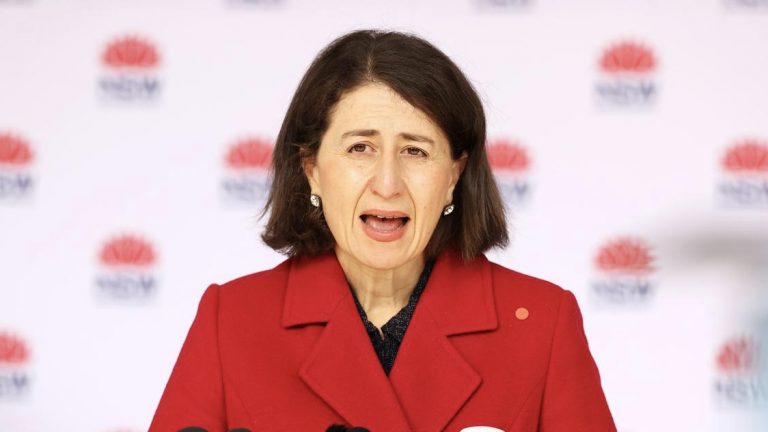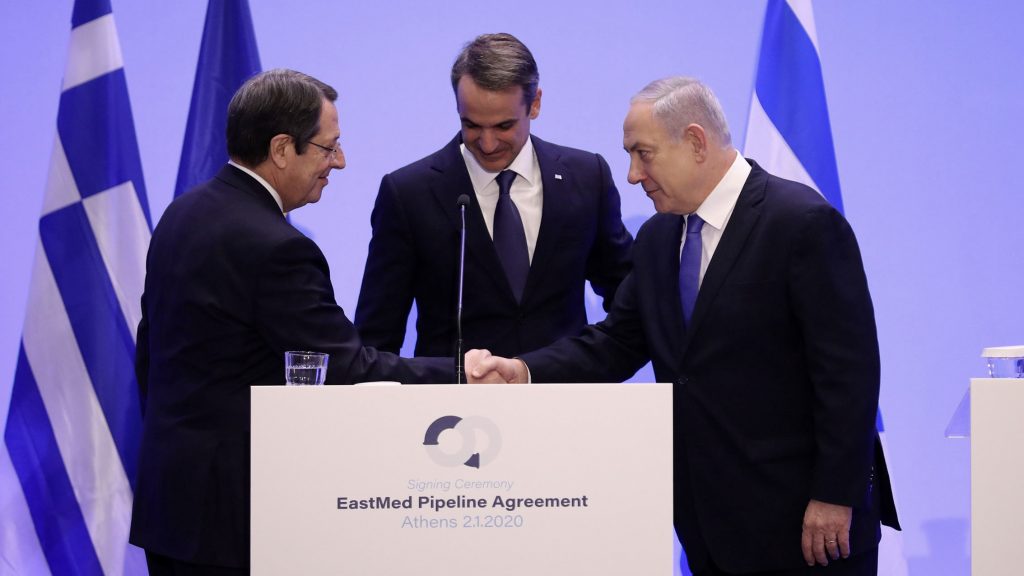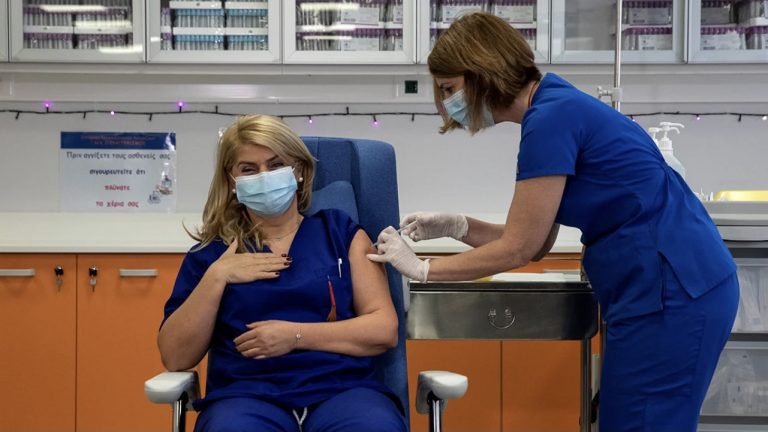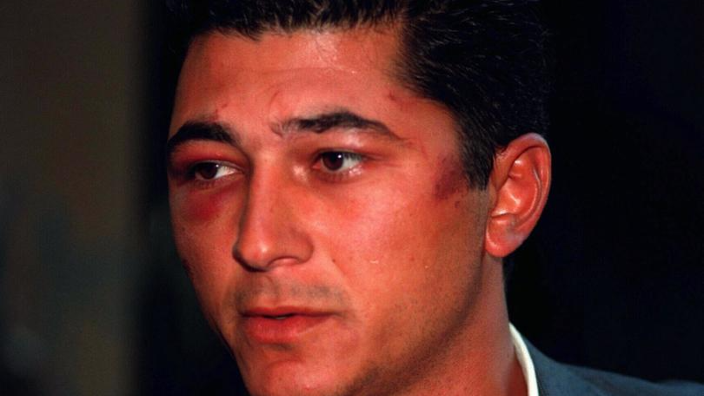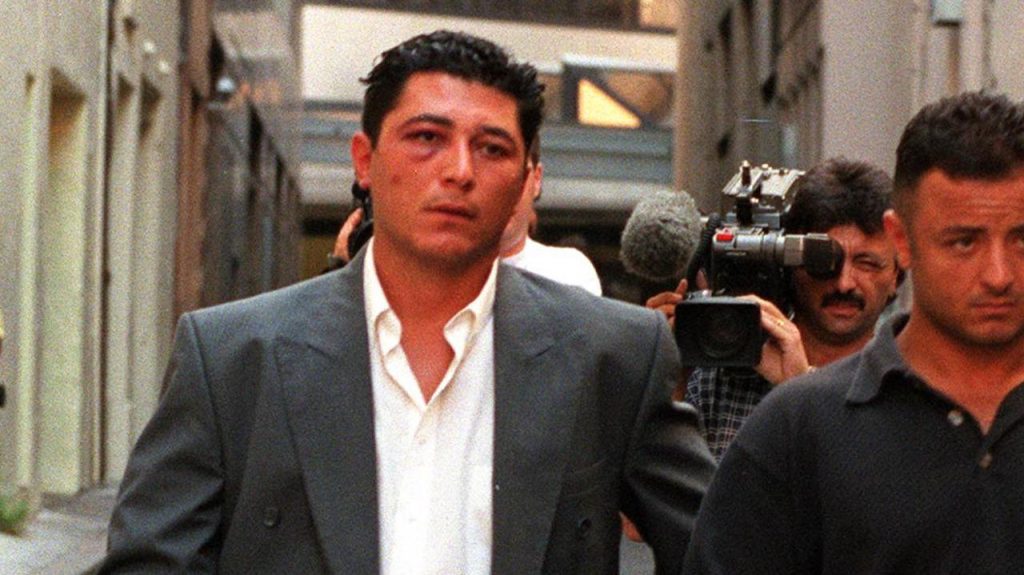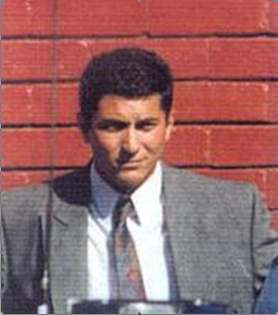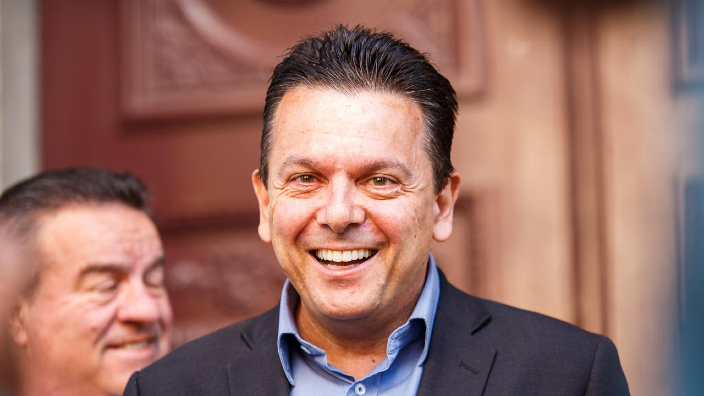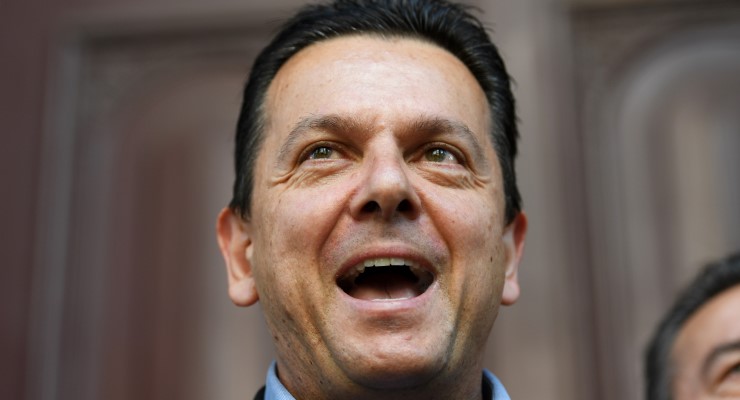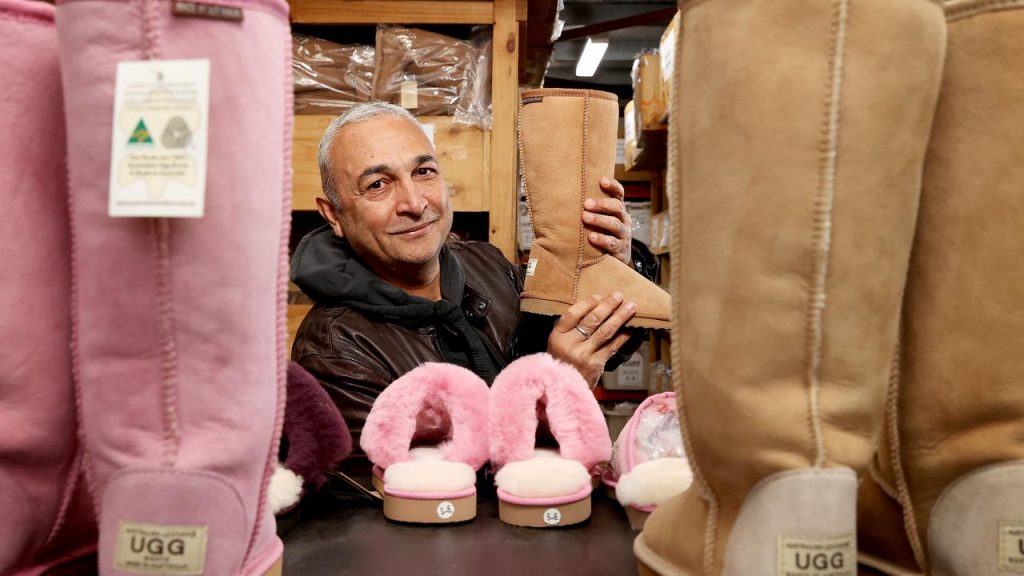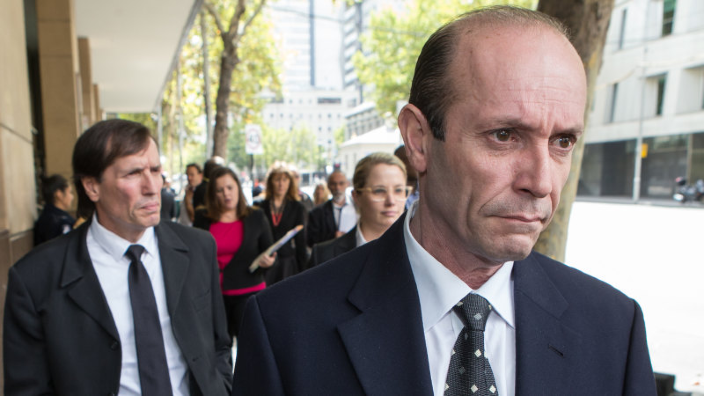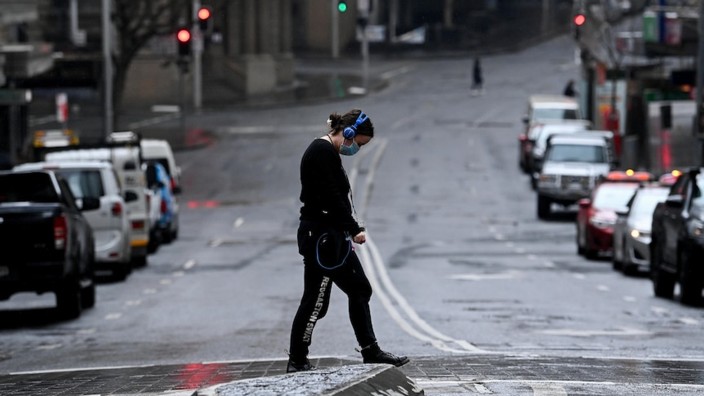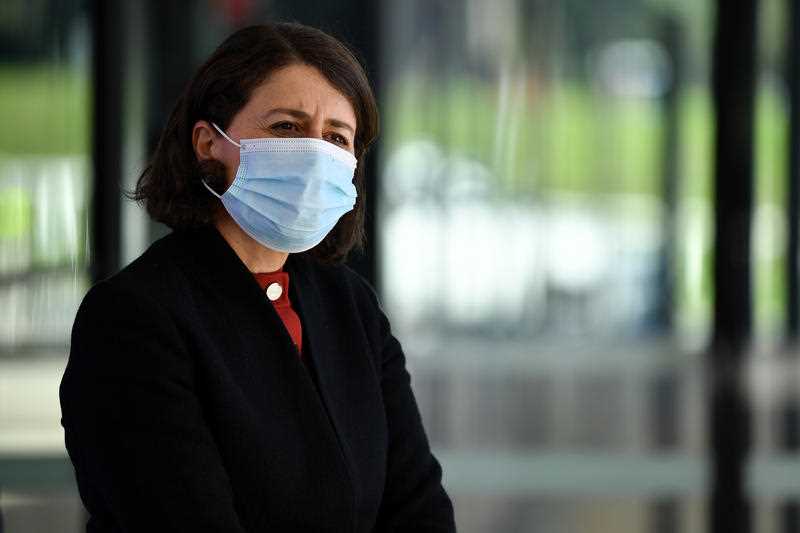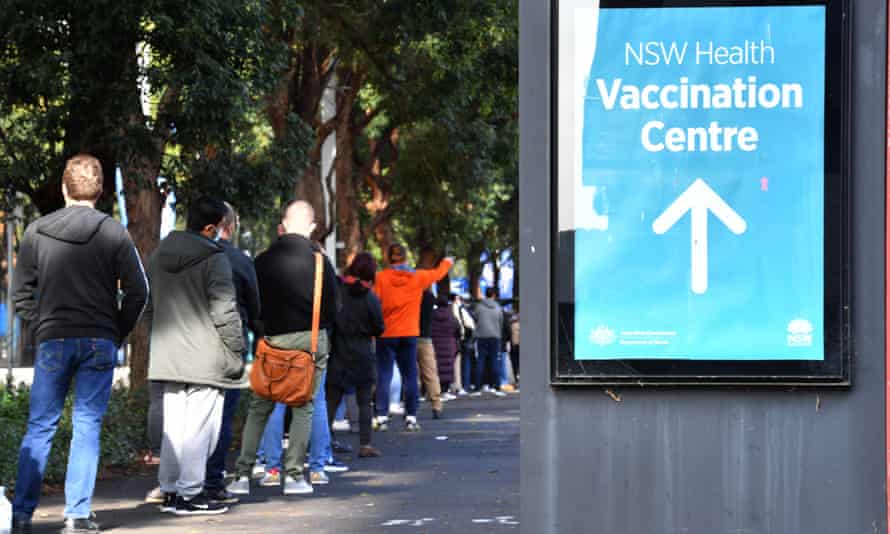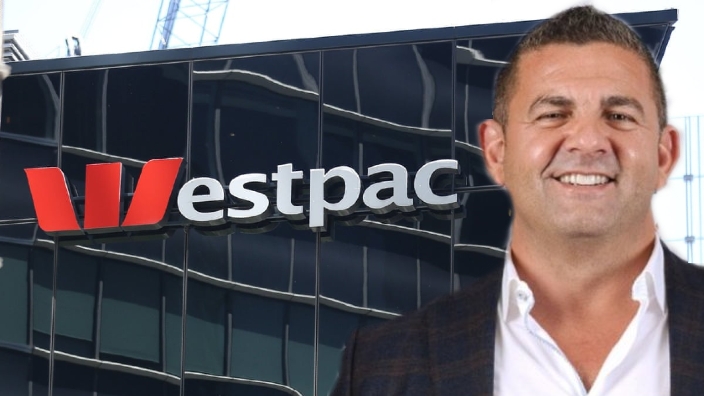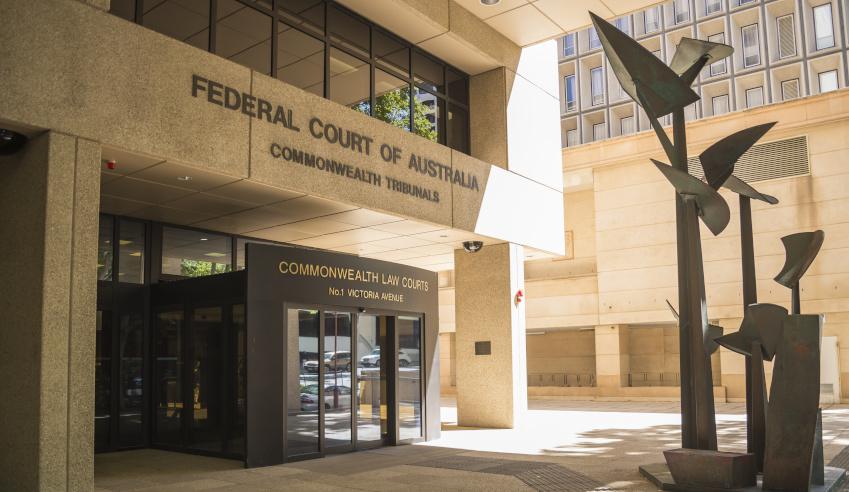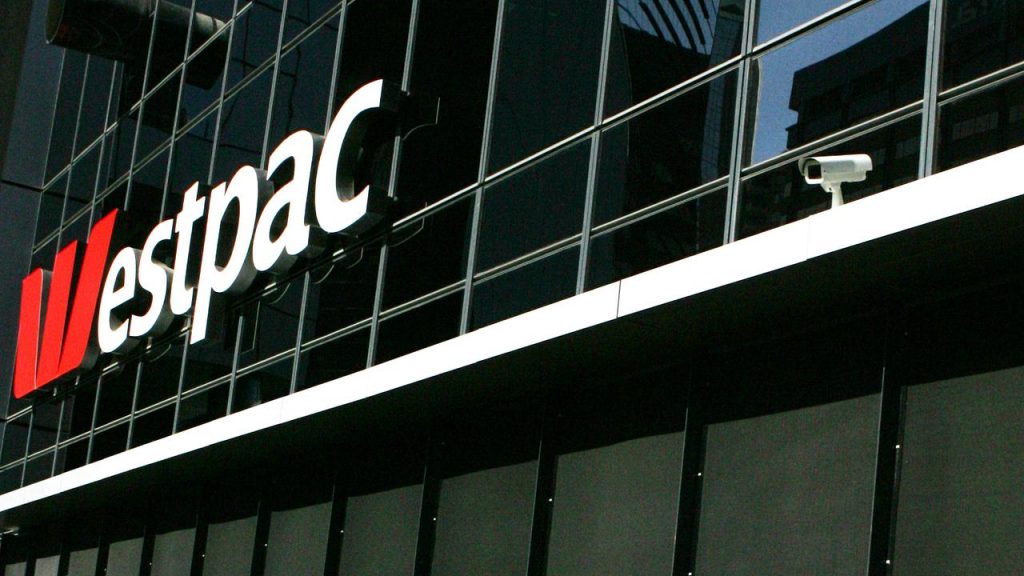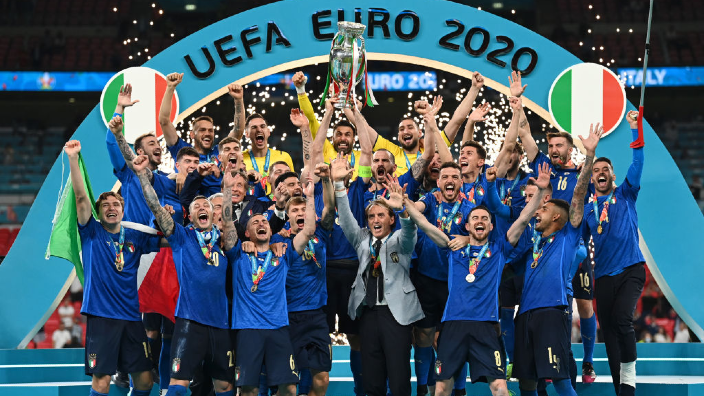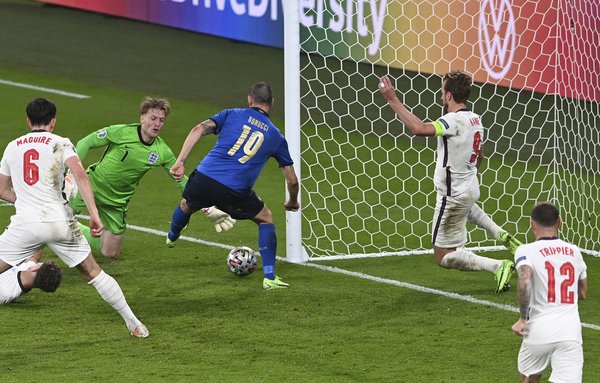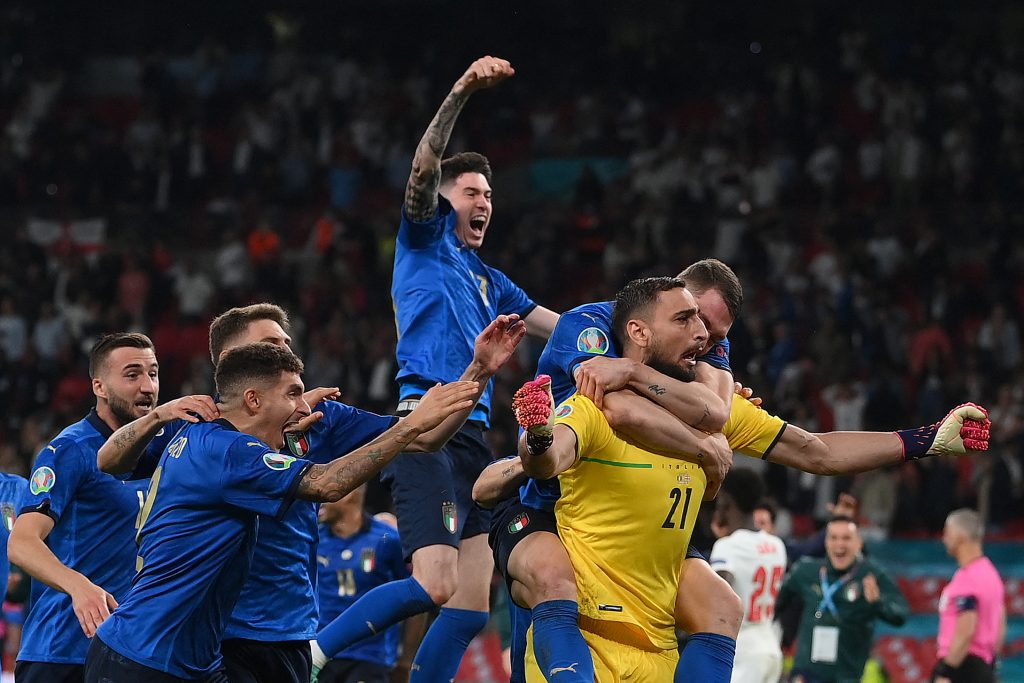NSW has returned to double-digit daily cases of COVID-19 after recording 89 new locally-acquired cases of the virus in the 24 hours to 8pm last night.
75 are linked to a known case or cluster and 21 were infectious in the community. Three-quarters of the cases are household contacts.
A man in his 70s from the eastern suburbs died from COVID-19 yesterday.
Police issued 121 infringement notices yesterday with just 34 of those handed out in south-west Sydney.
South-west Sydney has remained the focus of the state outbreak, with Premier Gladys Berejiklian imploring those who live in the area not to leave the house unless they absolutely positively have to, but Chief Health Officer Kerry Chant admitted that “the risk exists everywhere”.
People between the ages of 20-50 make up a percentage of those in ICU with COVID.
Queensland records two new local COVID-19 cases:
Queensland recorded three new COVID-19 cases in the past 24 hours, one in hotel quarantine and two in home quarantine.
Chief Health Officer, Dr Jeanette Young, said the returned overseas traveller arrived from the UK via Singapore.
She confirmed the other two local cases were linked to the cluster from a Greek Orthodox administration building.
READ MORE: President of St George Greek Orthodox Community clarifies ‘inaccurate’ exposure site listing.
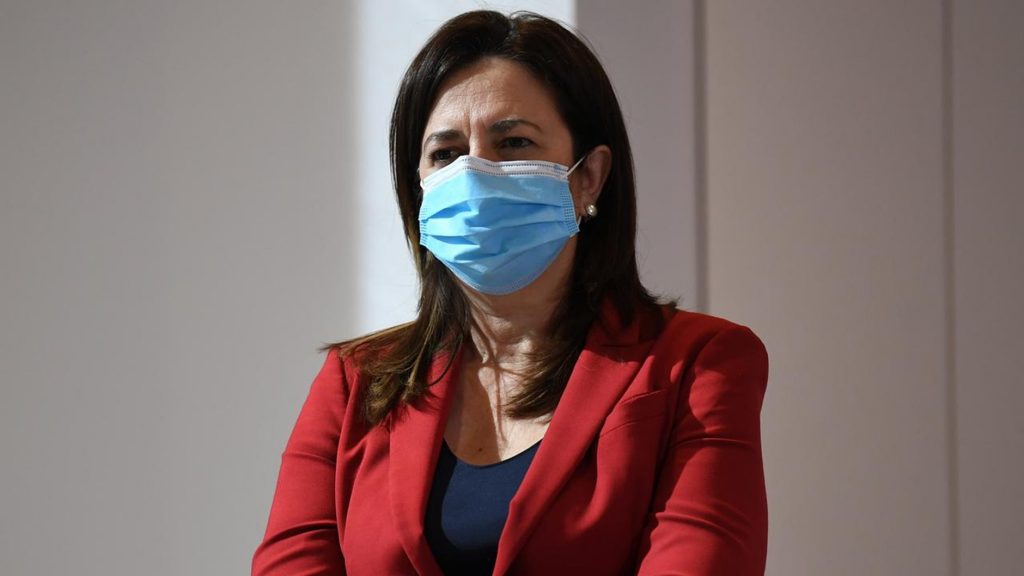
“Both are well, symptom free, and so they have already been spoken with and they have remained in their homes and there are other people living in those households [that] have also been in their homes,” Dr Young said.
“So there is no risk at all with those two individuals… But it does prove that it doesn’t matter how many negative tests you get, you can up to that 14 days incubation period still test positive.”
Premier, Annastacia Palaszczuk, said they were monitoring the situation in New South Wales, and would not hesitate to shut the border if needed.
“We just heard breaking news that there is a positive case in Goulburn,” she said.
“We want Queenslanders to come home because the situation is unfolding each day in NSW… So if we do see it spreading to other parts of NSW we won’t hesitate to shut the border.”
Victoria has already closed its borders to New South Wales and ACT, declaring them as “red zones.”

